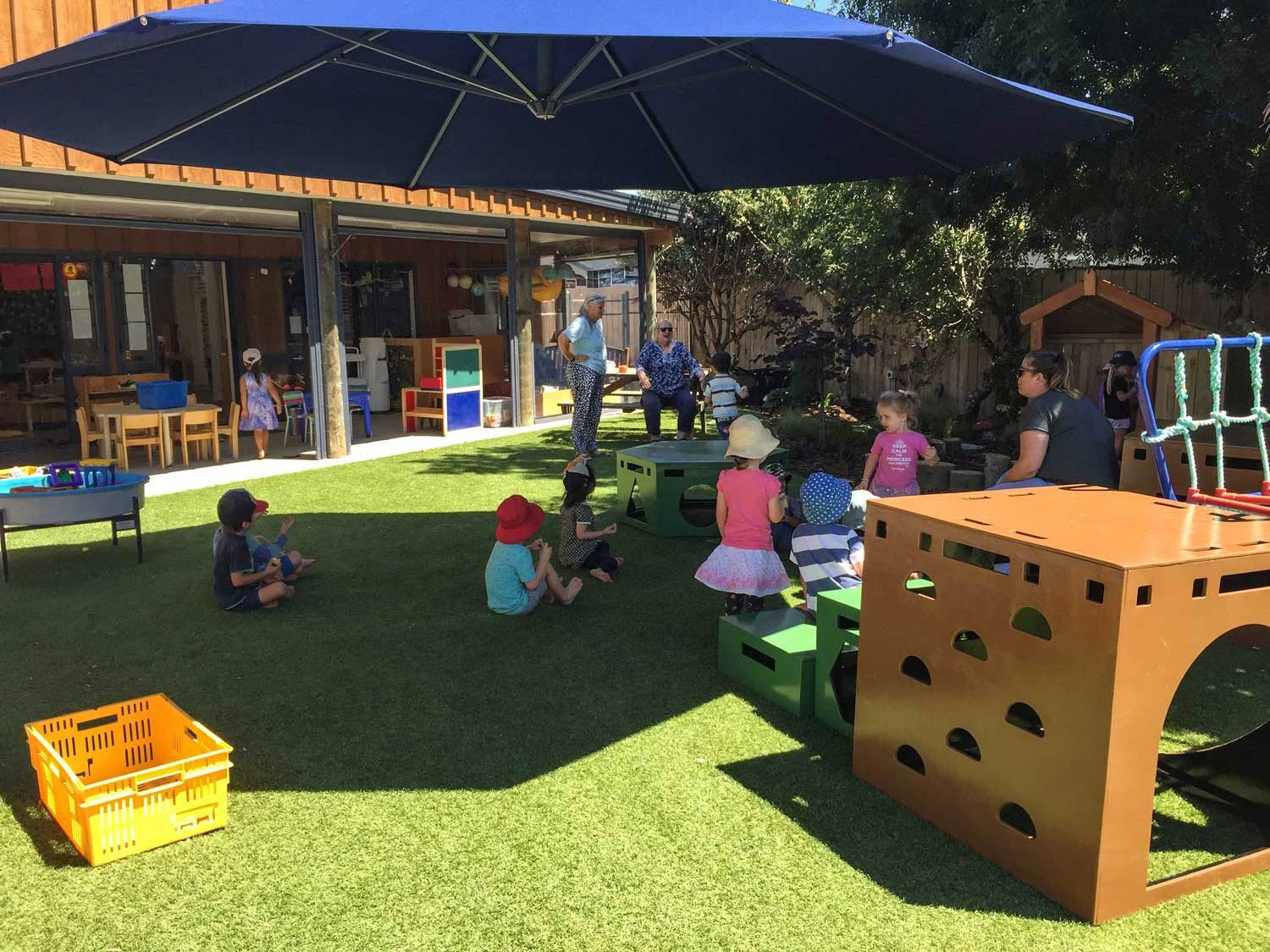Reviving an Old School Playground: Transforming Broken Rubber Tiles to Astroturf Playgrounds are an essential…
Artificial turf preparation: What soil preparation is necessary before laying artificial turf
DIY Artificial turf installation step one: Importance of correct soil preparation and use of geotextile cloth when laying artificial grass
We often get asked from DIY’ers how to install artificial turf on an existing lawn or dirt area. If you are installing a DIY artificial grass lawn (fake grass), it is important to note that the preparation of the base is the single most important step in building a long term and stable platform for your new artificial turf surface. This artificial grass base preparation starts with removing as much of the organic matter as possible, this is a minimum of 100mm of topsoil but may be deeper depending on the depth of the soil layer. Ideally you’ll get down to a stable clay layer as any organic soil left under the basecourse layer will likely move overtime and consequently ruin the appearance and functionality of your newly laid DIY artificial turf lawn. Once the soil is removed we highly recommend the installation of a geotextile cloth layer (a strong version of weedmat), particularly when the topsoil layer is very deep and you cannot remove all the soil. This geotextile layer prevents the basecourse (GAP20) punching into the underlying subgrade and provides additional support and strength to the basecourse layer and hence strengthens the artificial grass top layer. During the wet winter months when the subgrade (underlying clay or soil underneath the synthetic turf) gets very wet and soft, this geotextile layer prevents the basecourse layer merging with subgrade and helps to minimise subgrade movement showing through in the top layer of your artificial turf surface.
In our next post we will discuss Step two: What edging is required for artificial grass installation.



